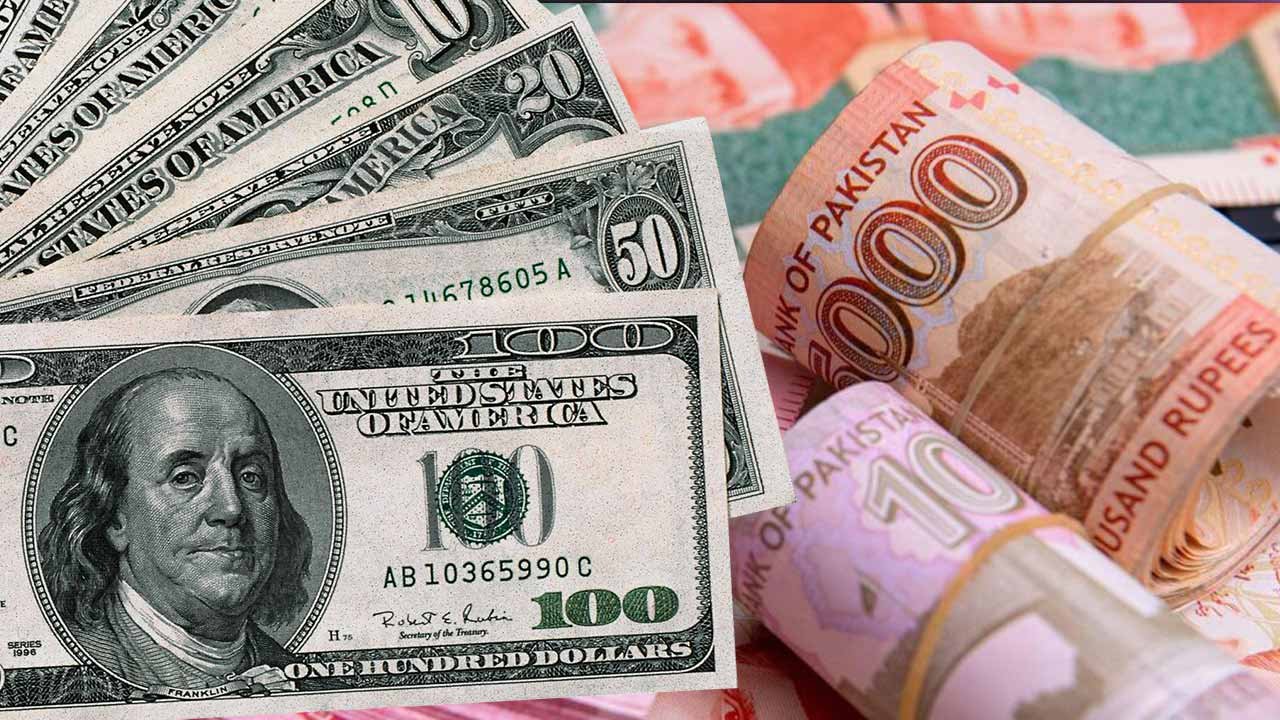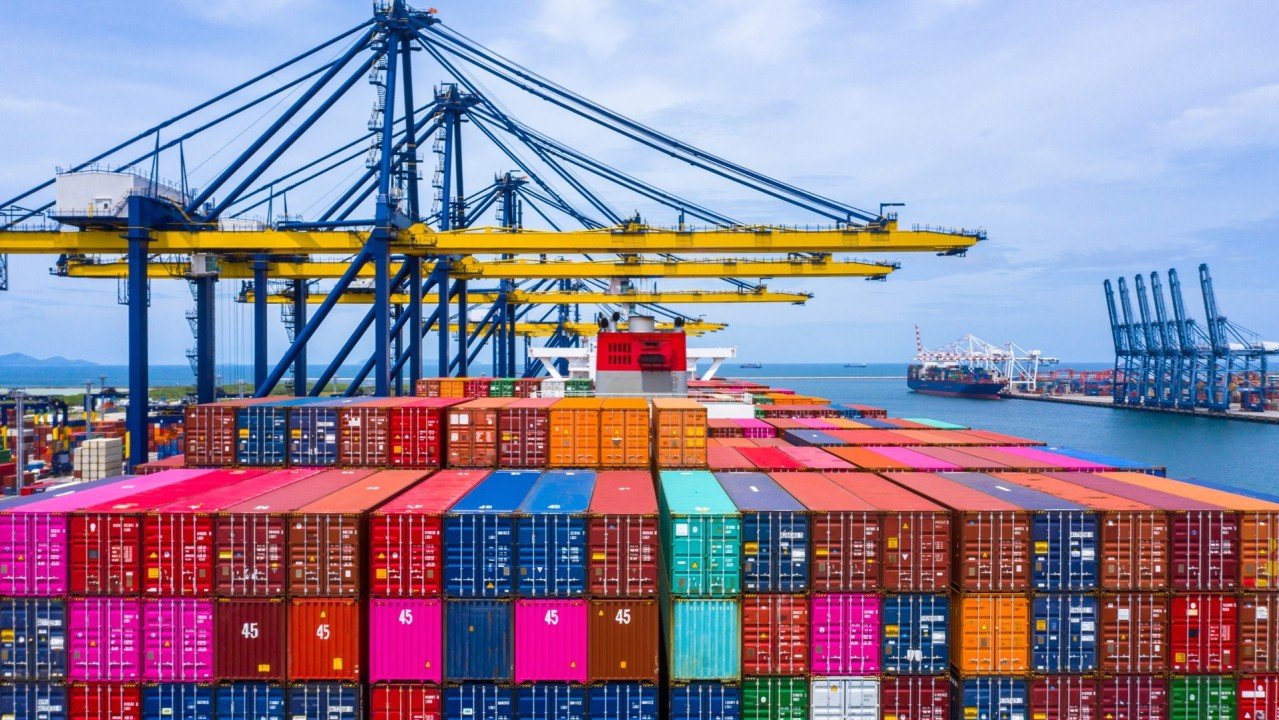Dr Bilawal Kamran
Pakistan’s current account achieved a significant milestone in March 2025, recording its highest monthly surplus of $1.195 billion, surpassing the previous record of $981 million set in August 2012. This achievement was primarily driven by a surge in remittances, which reached an all-time high of $4.055 billion, up from $3.242 billion in the same month the previous year. This influx of foreign currency has provided a temporary cushion to the nation’s balance of payments.
The substantial increase in remittances has been a key factor in the current account surplus. In the first nine months of fiscal year 2024-25 (9MFY25), remittances totaled $28.029 billion, marking a 33% year-on-year increase. This figure now accounts for 90% of the combined exports of goods and services, underscoring the critical role of remittances in sustaining Pakistan’s external accounts.
Despite the positive remittance inflows, Pakistan’s trade balance has shown signs of deterioration. The combined trade deficit for goods and services widened by 16% and 6%, respectively, during 9MFY25. This indicates a growing imbalance between imports and exports, which could pose challenges to the sustainability of the current account surplus if not addressed.
The primary income deficit, which includes income payments such as profits, dividends, and interest, decreased by 14% to $6.5 billion in 9MFY25. While this reduction is positive, it reflects a decline in foreign investment income and other earnings from abroad, which may signal a less favorable investment climate or reduced returns on existing foreign investments.
The most notable improvement in the current account came from the secondary income balance, which increased by $7.009 billion, or 31%, during 9MFY25. This surge was predominantly due to the rise in remittances, highlighting the importance of consistent and growing remittance flows in maintaining a positive current account balance.
Imports have also seen an uptick, with March 2025 imports rising by 8% year-on-year to $4.95 billion. In the first nine months of FY25, imports increased by 11% to $43.4 billion, driven by a rebound in economic demand and the easing of import restrictions. Notably, petroleum imports have been higher, with volumes of petroleum products and crude up by 10% and 15%, respectively. However, in dollar terms, the value of petroleum product imports declined by 3%, while crude oil imports remained stable. This suggests that the volume increase has been offset by lower international oil prices.
Pakistan has been exploring alternatives to manage its petroleum imports more effectively. The government is considering importing crude oil from the United States for the first time, aiming to reduce the trade imbalance and mitigate the impact of U.S. tariffs. This move is part of a broader strategy to diversify energy sources and manage foreign exchange reserves more efficiently. Additionally, discussions with Russia regarding oil and gas exploration and refining cooperation are ongoing, reflecting efforts to strengthen energy ties with alternative partners.
On the export front, Pakistan’s goods exports stood at $2.8 billion in March 2025, marking a 10% year-on-year and 6% month-on-month increase. In 9MFY25, goods exports rose by 8% to $24.7 billion. The textile sector continues to be a major contributor, with knitwear, bedwear, towels, and readymade garments showing double-digit growth. However, exports of cotton yarn and cotton cloth have declined, raising concerns about the competitiveness of these segments.
The local yarn and cloth industry faces significant challenges due to the influx of low-cost raw materials from China. The Export Finance Scheme (EFS) provides tax advantages to exporters, which may be inadvertently encouraging the use of imported materials for domestic consumption. This practice undermines local industries and could lead to increased competition from Chinese products in non-U.S. markets. The imposition of tariffs by the Trump administration has further complicated the situation, as Chinese manufacturers seek alternative markets and may resort to selling below cost to maintain market share.
Looking ahead, the State Bank of Pakistan (SBP) projects a current account surplus for the fiscal year, with reserves expected to reach $14 billion. This outlook suggests reduced pressure on the Pakistani rupee and the potential for further monetary easing. However, the sustainability of this surplus hinges on addressing structural issues in trade and investment, enhancing export competitiveness, and ensuring that remittance inflows remain robust.
While the current account surplus in March 2025 is a positive development, it is essential to recognize that this achievement is largely due to exceptional remittance inflows. The underlying trade imbalances and sectoral challenges require comprehensive policy interventions to ensure long-term economic stability. Diversifying export markets, improving the competitiveness of domestic industries, and managing energy imports strategically will be crucial in maintaining a favorable external account position.















